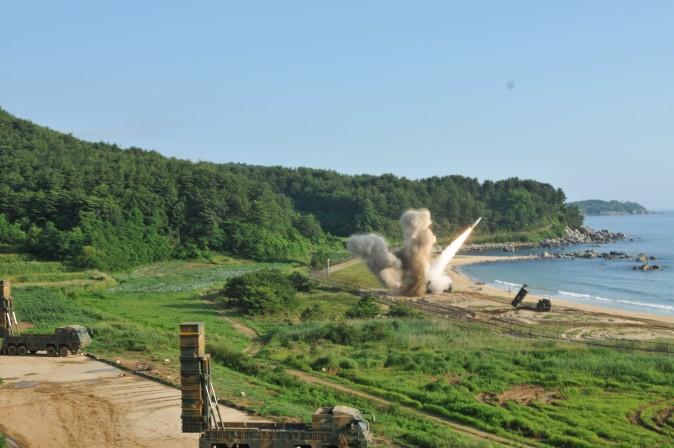The U.S. military said it is ready to respond in force to North Korea if necessary and has the means to protect the United States.
But at a U.N. Security Council emergency meeting Wednesday, July 5, China argued against any further threats or sanctions against its wayward ally.
China’s representative, Liu Jieyi, called the situation on the peninsula “complex and sensitive.”
Liu touted China’s own approach, which opposes stronger sanctions or military threats against North Korea.
“Military means must not be an option,” he said.
He said deploying the THAAD missile system had undermined regional security. Rather than prepare to defend themselves against North Korea, he said the United States and South Korea should immediately dismantle the system.
U.S. Ambassador to the U.N. Nikki Haley said the Chinese regime’s proposal ignored North Korea’s previous actions.
“To sit there and oppose sanctions … means that you are holding the hands of Kim Jong Un,” she said.
On Wednesday, President Donald Trump suggested the Chinese regime had done little to rein in its longtime ally.
“Trade between China and North Korea grew almost 40 percent in the first quarter. So much for China working with us - but we had to give it a try!” he tweeted.
North Korea’s successful test Tuesday of an intercontinental ballistic missile capable of withstanding the intense heat of re-entry—a critical requirement to deliver a nuclear warhead to the United States—has raised the stakes on the Korean Peninsula.
Experts say the missile looks to be capable of reaching Alaska.
The Republic of Korea and U.S. military alliance conducted a live-fire demonstration aimed at “exercising assets countering North Korea’s destabilizing and unlawful actions” on Tuesday.






